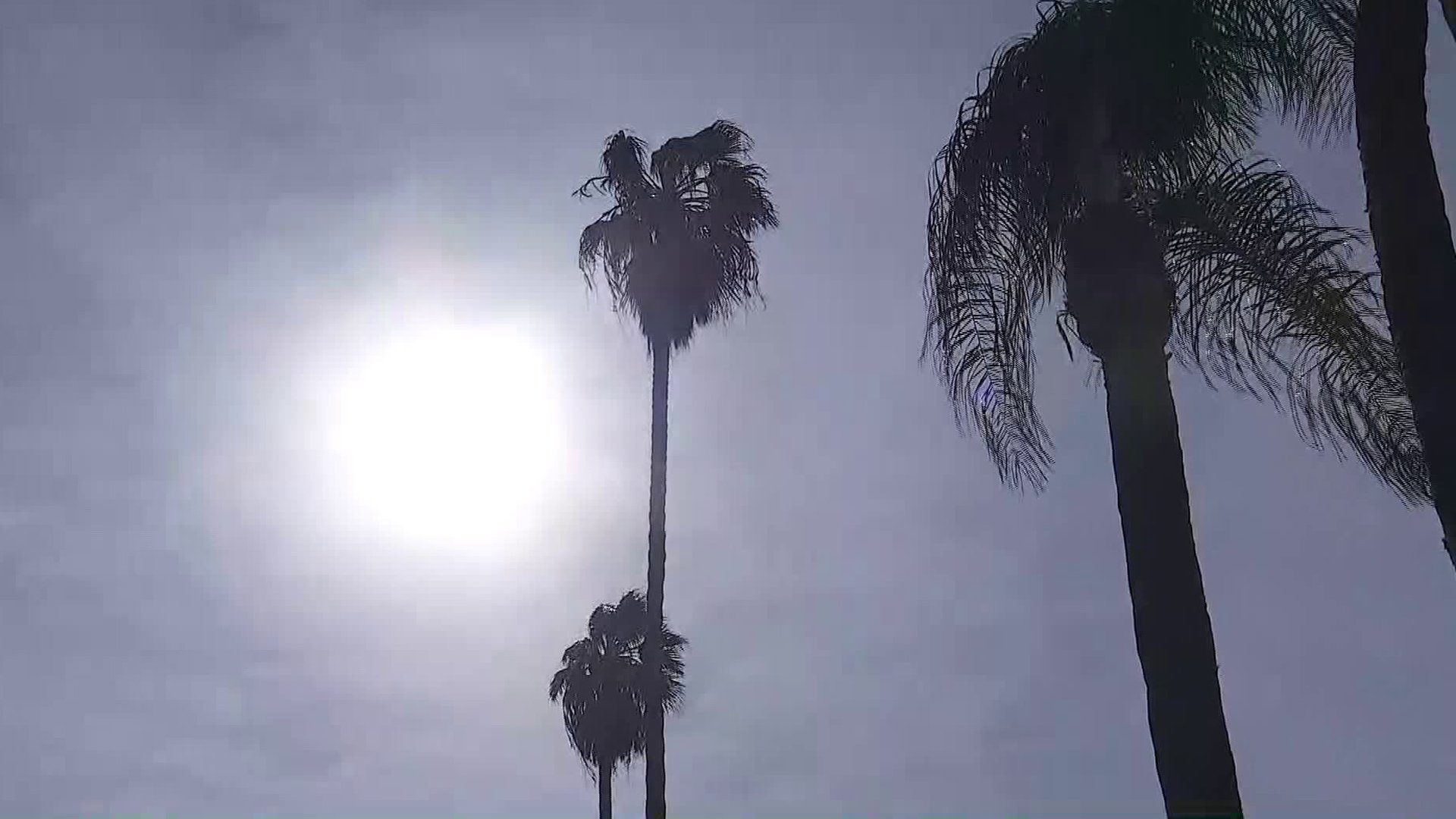
© KTLA"We're about halfway through the rain season, so we've only got February and March, and they better be a miracle," said climatologist Bill Patzert. "If they're not, we just backflipped into the drought again."
January in Southern California is typically marked by rain, chilly temperatures and snow-capped mountains.
But this month is ending on a decidedly hot and dry note, with umbrellas and sweaters giving way to bathing suits and air conditioning.
The region is in the midst of a heat wave that on Monday brought record high temperatures for the day in places such as Long Beach (91 degrees), UCLA (89), Santa Ana (88), Oxnard (87) and Newport Beach (85). At 93 degrees, Lake Forest was the hottest spot in the United States. More records could fall Tuesday, and there is no rain in the foreseeable future.
It's a repeat of the unusually hot, dry and windy weather that helped fuel huge brush fires in December.
Since the end of last February, downtown Los Angeles has seen just 2.26 inches of rain - an anemic amount over an 11-month period. Los Angeles has seen just 28% of its average precipitation since October - with most of it coming from the rainstorm that caused the deadly mudslides in Santa Barbara County.
"We're about halfway through the rain season, so we've only got February and March, and they better be a miracle," said climatologist Bill Patzert. "If they're not, we just backflipped into the drought again."
The culprit has been a recurring high-pressure system over the West.
"It's been a hot summer, a hot fall, and even now in the midwinter. We're talking mid-80s at the end of January? That's unheard of," Patzert said.
"The heat today is pretty extraordinary," added UCLA climate scientist Daniel Swain. "Coastal California is susceptible to midwinter heat spells, but this is a particularly extreme example - to the point where we are breaking records."
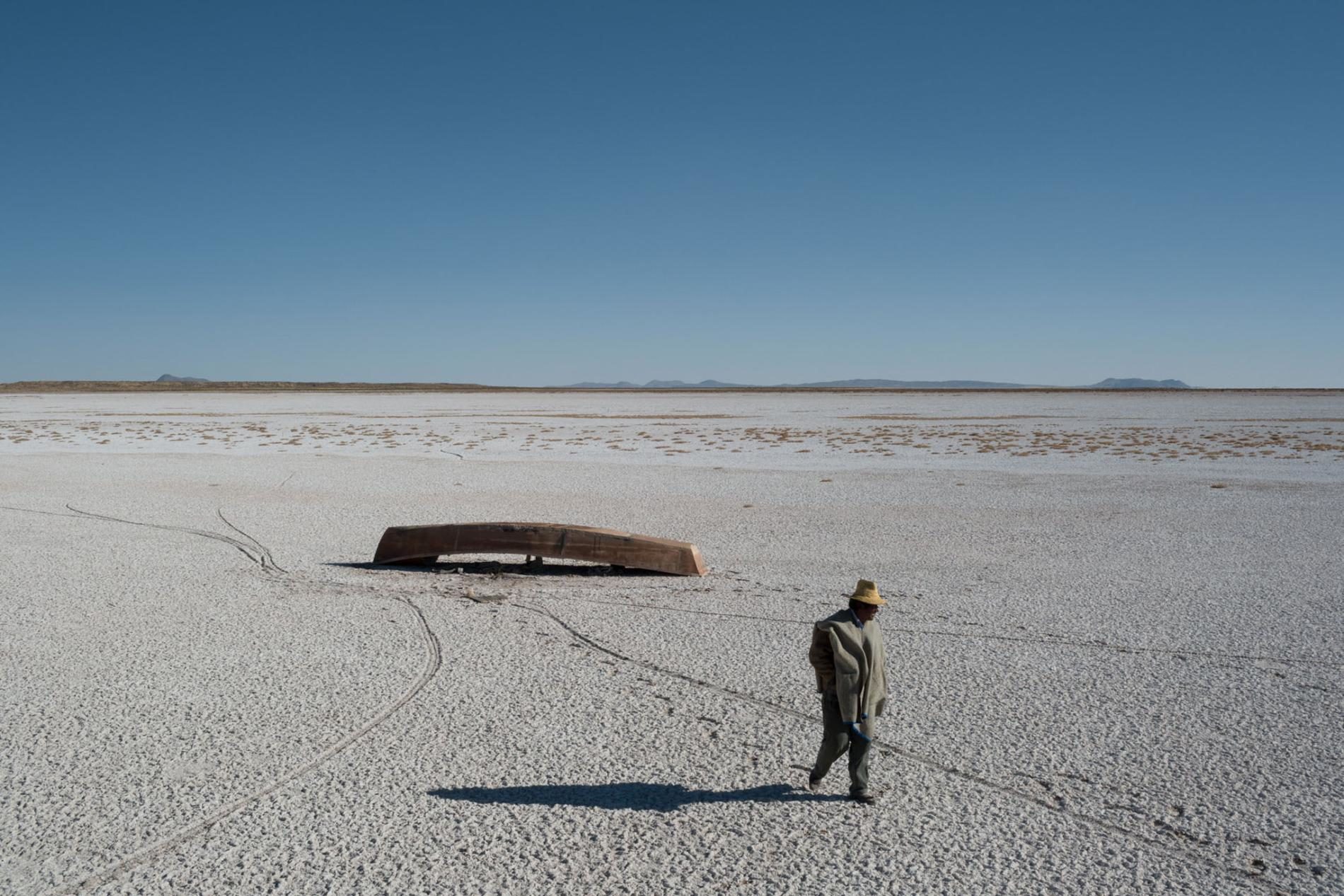

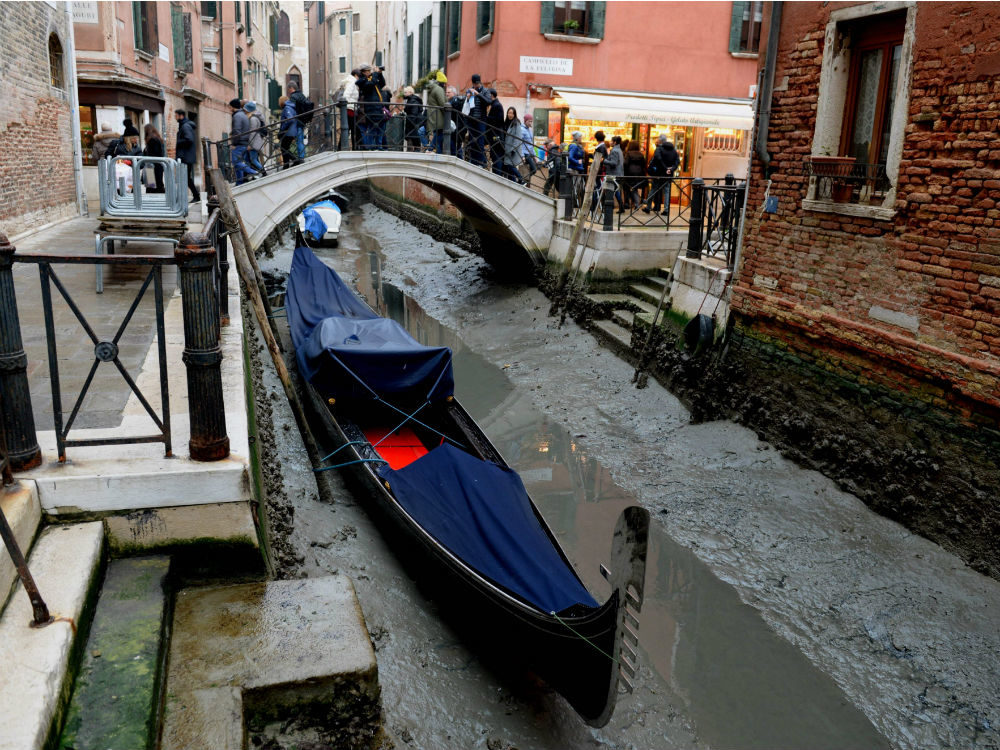

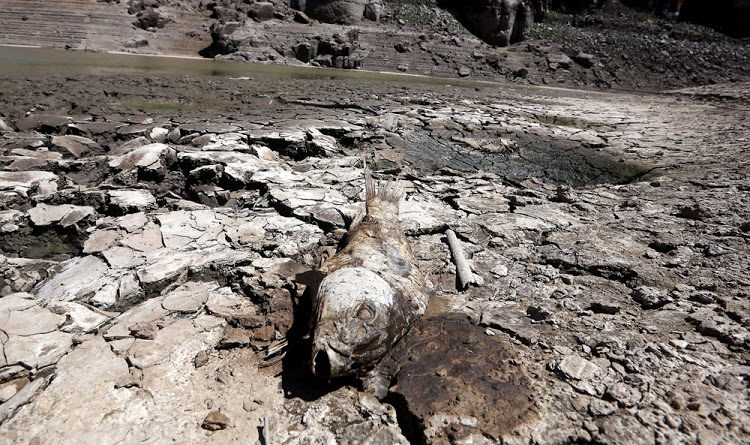
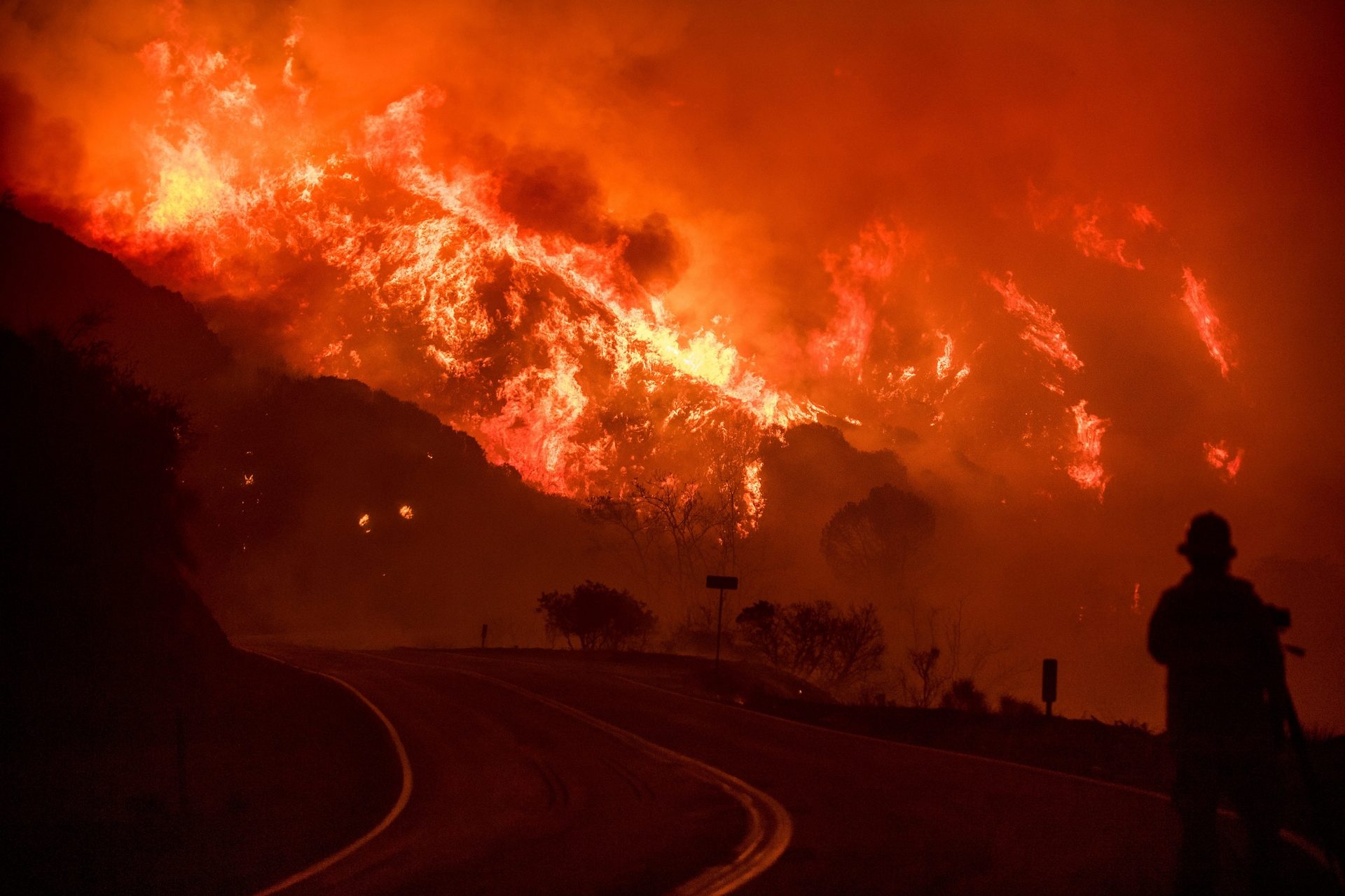
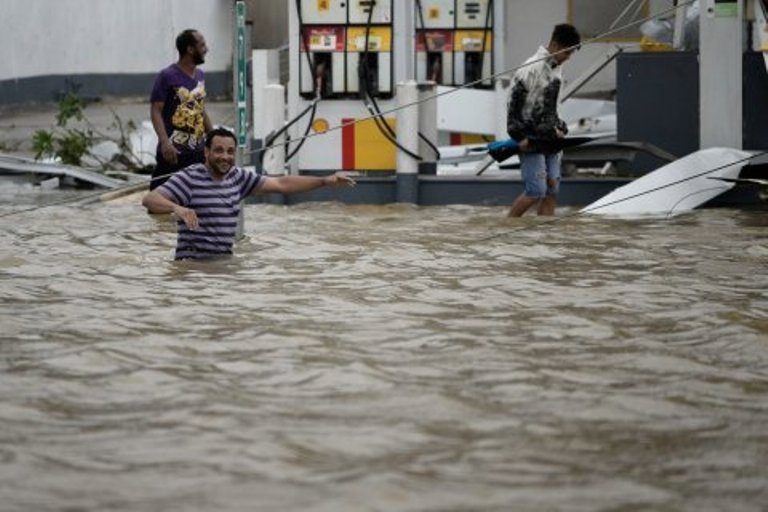
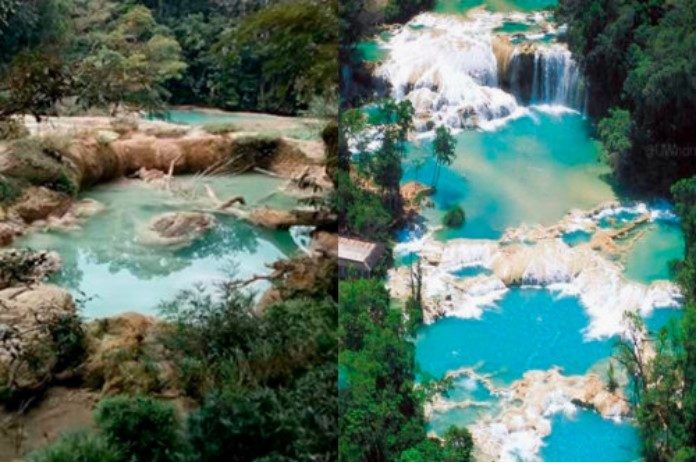
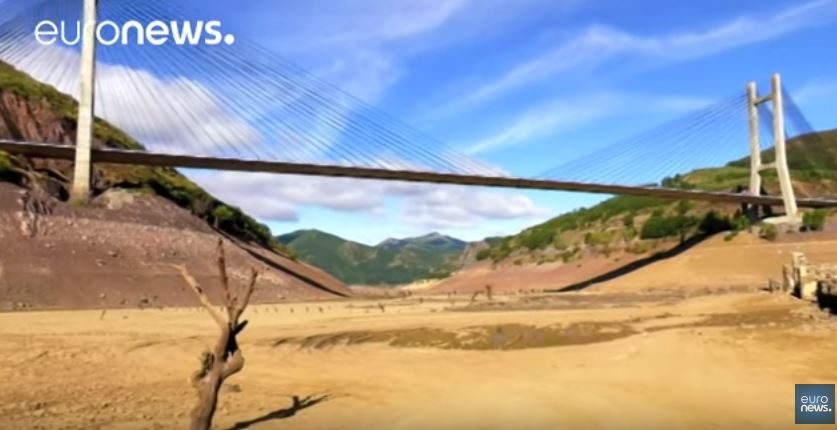




Comment: Our climate is changing and it's symptomatic of Earth entering an ice age, bringing with it drought and deluge, but we're also seeing the earth beneath our very feet shifting: